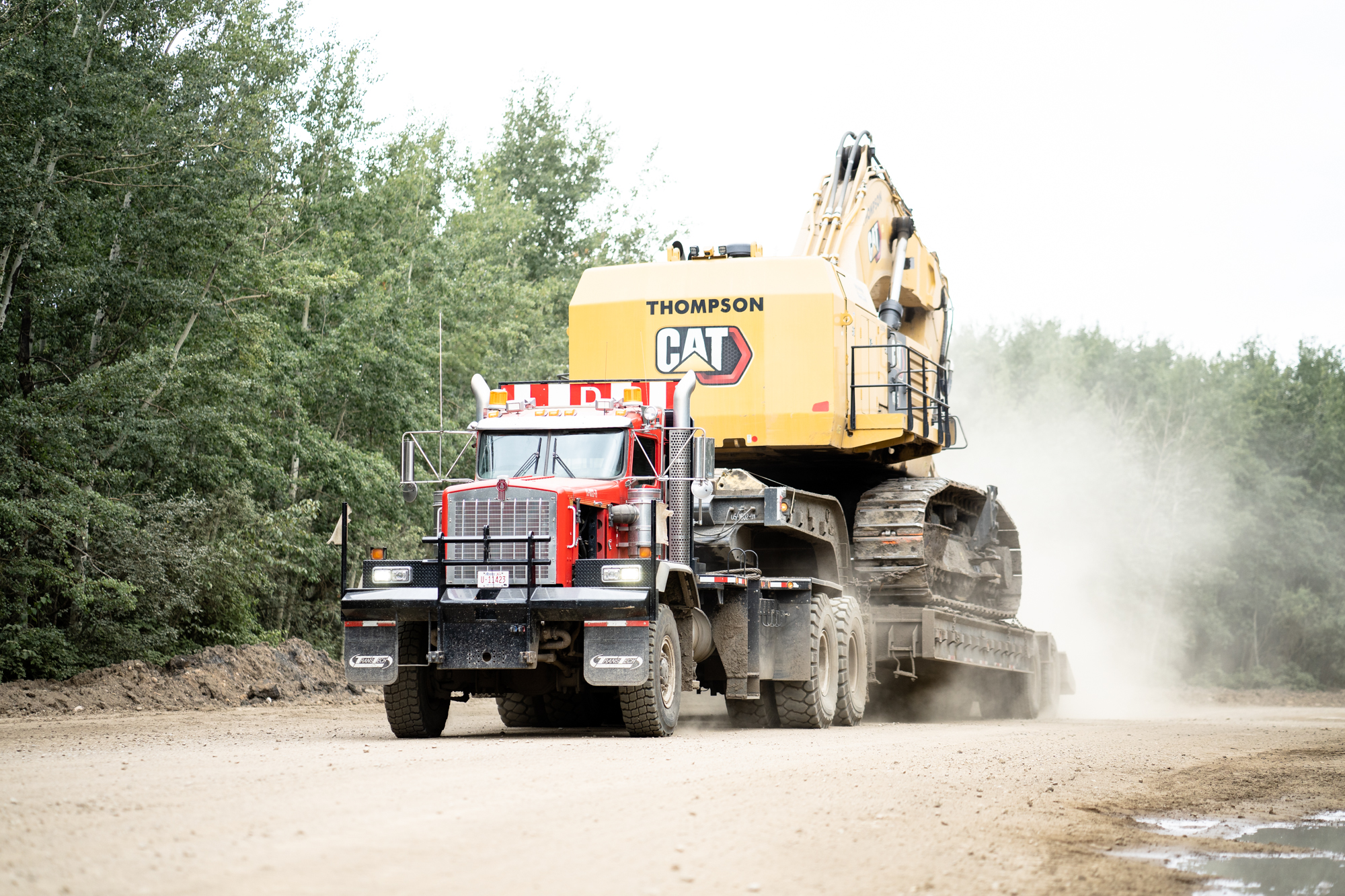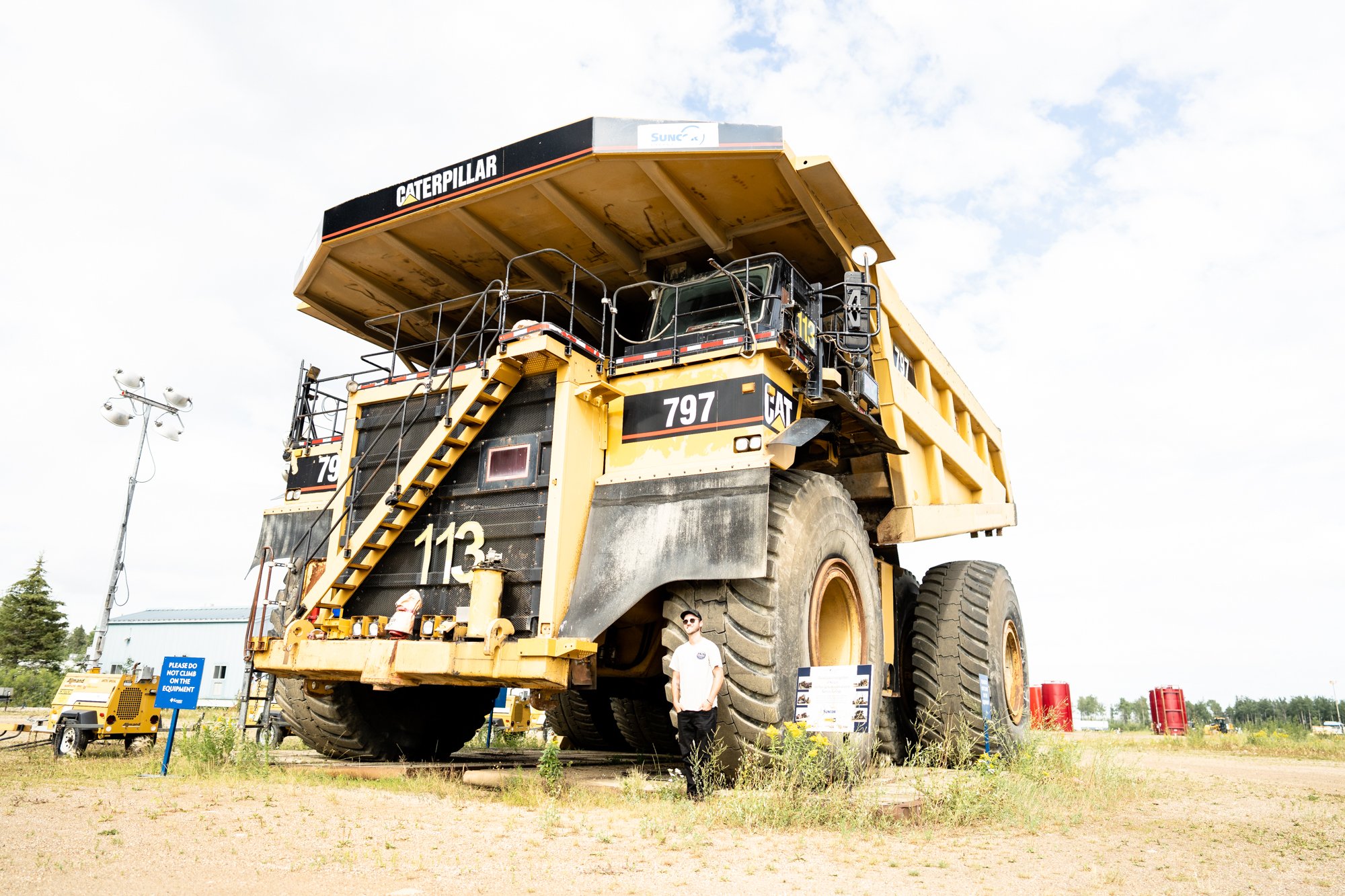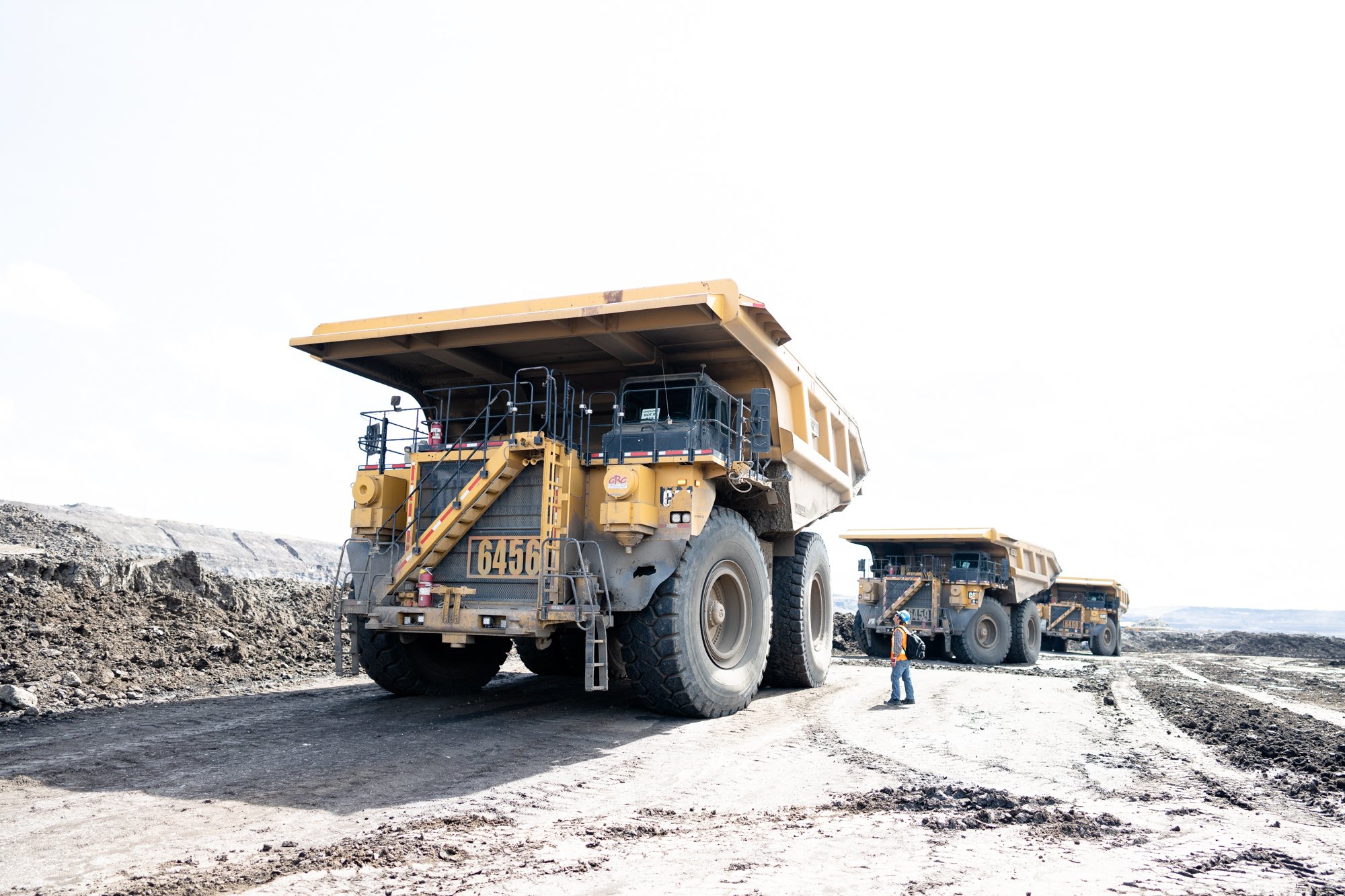
BuildWitt Canada Part 1: The Oil Sands
Yes, I said newsletters would reach beyond travel updates. However, my first official BuildWitt Canadian excursion was too spectacular and deserves not one but two newsletters...sue me if you wish.
Intro
Canada is a vast and a remarkably resource-rich country. Canadian mining operations are legendary, and the civil construction industry is booming. I've waited years for this trip!
After glancing at a map (it turns out that Canada is big), I decided to strategically focus on Alberta and British Columbia for our first of many Canadian visits.
Fort McMurray
We landed in Fort McMurray, Alberta, the furthest north I've ever been, at 1 a.m. on a Monday. That Monday was a Canadian holiday, so we had no formal plans, but I knew we'd find something worthy of our time.
Why Fort McMurray? If you've heard of the oil sands, Fort Mac is ground zero. It's home to tens of thousands of hard-working people from around the world and some of the most extensive mining operations on planet earth, all dedicated to extracting heavy Canadian crude oil.
Chase and I met up with my friend Alex, who works in Fort McMurray, and we immediately drove toward the mines. Every pickup was mine-ready, truck traffic was nonstop, and mining shovels and haul trucks slept roadside.
Besides aimless wandering, our target was a Kenworth truck moving an excavator. Not so crazy, right? Think again…
The excavator on the move was a fully-dressed 6015B due for a service appointment at the local Cat dealer. This move requires multiple trucks, technicians, a crane, and expensive permits in the states. Alberta doesn't have time for that.
We parked on a dirt road and killed time by climbing around on another roadside 6015B. After a few minutes, the overwhelming sight of a 150-ton excavator floating along on a 16-wheel Aspen trailer appeared.
We followed the truck and machine to its destination a mile down the road and watched the driver casually unload it as if it were a mini. He said the unloading is the easy part. The tricky bit is navigating the mine on the soft and sandy haul roads. Wild…

Oil Sands Overview
Oil sands…where to begin? In short, millions of years ago, sea creatures died and collected on the seafloor. Over time, sand trapped the organic matter, which transformed into oil suspended in the earth, sometimes only feet beneath the surface.
The oil was easily discovered as it seeped out of the ground. As technology advanced and oil demand increased, oil sand mining became serious, and in the 2000s, it became a modern-day gold rush.
Typically, oil is within rock or shale thousands of feet beneath the surface, requiring drilling and fracking. Not here. Since the oil is within the sand and near the surface, it's extracted via mining. The more earth the mines move, the more oil they produce.
After clearing the topsoil and overburden, shovels load ultra-class haul trucks full of oil sand. Each truck can contain 200-400 barrels of oil within its 400+ ton payload.
To separate the oil and sand, they basically "wash" it with hot water. The heavy crude then heads to refining via pipeline.
The leftover sand and water, or tailings, makes its way to formerly mined land to fill up old pits for reclamation. Once up to the previous grade, they cover it with topsoil and replant the land. After only a few years, an untrained eye would never know it was mined.

Oil Sands Controversy
You can't talk about the oil sands without recognizing the surrounding controversy. The oil sands have a bad reputation thanks to environmental groups and even celebrities, like Leonardo DiCaprio (ironically often funded by competing oil companies and nations).
In the early years, oil sand mining operations weren't perfect. The booming nature of the region led to the cutting of corners, and environmental groups went nuts.
After the oil companies became dramatically more environmentally responsible and technologically advanced, the region grew into not only one of the most significant oil-producing regions in the world but one of the most environmentally conscious, too.
I expected a mess, but I was shocked to find beautiful lakes, woods, and even bison sanctuaries that were former mining operations.
They've proven they can mitigate the impact of mining, but oil is still a fossil fuel, meaning oil sands criticism is unlikely to end. I'm all for alternative energy, but thinking we can transition overnight is absurd. Humanity will depend on oil well into the future, even as we transition our energy production. Oil's everywhere in modern society. If you live in a house, wear clothes, or eat food, you rely on the oil industry.

Telling the Positive Story
Because of the environmental controversy, oil sand mining companies have largely retreated into their shells. They've banned photos, videos, and even cell phones from sites. In doing so, they've surrendered the narrative to the opposition, ironically further worsening their public perception.
As we traveled the region, the enthusiasm of the people was shocking. Everyone was so happy to have us because no one speaks positively about their hard work that's ESSENTIAL to society. These humans are remarkable and deserve to be celebrated, not villainized.
The power of storytelling is real, and I hope mining companies begin to use it as a tool rather than shun it. Their workforce troubles and public opposition will only grow the longer that persists. The time is now to tell these stories!
Summary
I'm going to wrap it here. Look at me, I made it through day one of our six-day trip. I promise the next one will be briefer (maybe). I hope you enjoyed it!
Until then,
Stay Dirty













